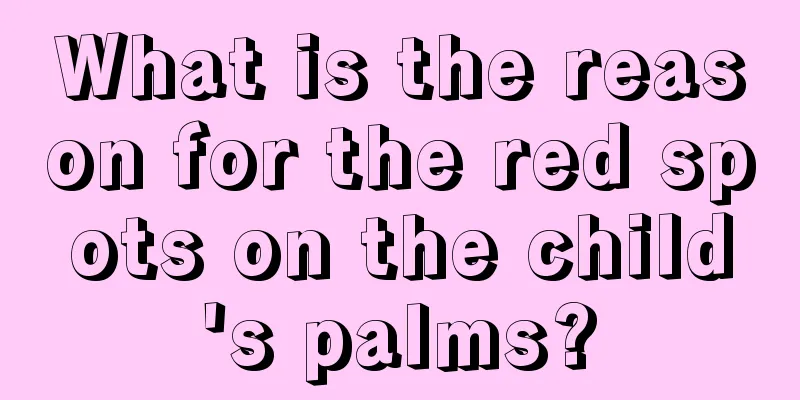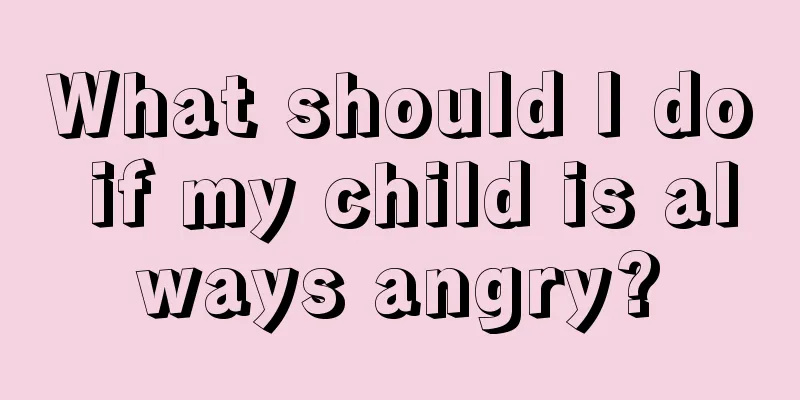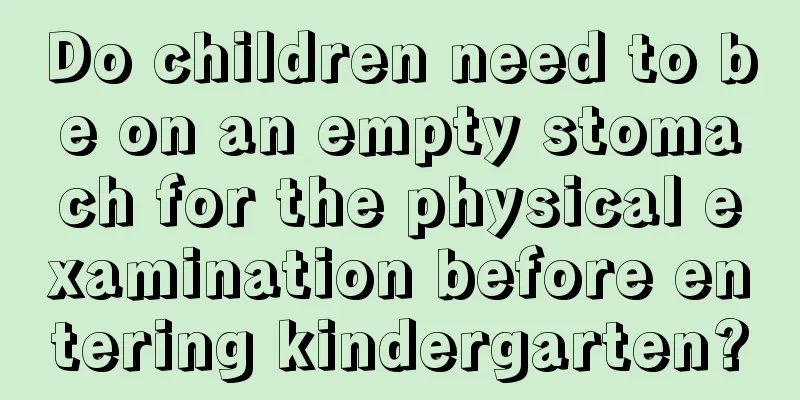What is the reason for the red spots on the child's palms?

|
Children are very important to every family. Once a child has health problems, many parents always don’t know what to do. Among them, red spots on the palms of children are a symptom that many parents are worried about. They are especially worried that it is caused by hand, foot and mouth disease, and they are afraid that it will affect the healthy growth of the children. In fact, there are many reasons for this phenomenon. Let’s understand what is going on with red spots on children’s palms. What is the reason for the red spots on the child's palms? Typical symptoms: red spots on the mouth, hands and feet Once you get hand, foot and mouth disease, the incubation period is generally 2-7 days. There are no obvious precursor symptoms, and most patients have an acute onset. About half of the patients have a fever of around 38°C 1-2 days before the onset of the disease or at the same time as the onset of the disease. The main symptoms of the disease are mouth pain, sore throat, anorexia, and drooling. The mouth, hands, feet, and buttocks are the main sites invaded by the virus. Several to a dozen symptoms appear first as "red dots" and then turn into "small bubbles." There is a red halo around the papule and blisters appear on the top, which are generally painless and itchy. It is mostly concentrated on the palms of the hands and feet, and ulcer symptoms may sometimes be seen in the mouth. Some patients initially have mild upper respiratory tract infection symptoms, such as cough, runny nose, nausea, and vomiting. According to experts, the course of hand, foot and mouth disease is relatively short and can usually be cured within a week. Although hand, foot and mouth disease mostly manifests itself on the skin, the virus can also invade important organs such as the heart, brain, and kidneys. If high fever, heart rate and heart rhythm disorders occur and no other infection foci are found, you should be alert to the occurrence of myocarditis; if symptoms such as fever, headache, stiff neck, vomiting, irritability, and restless sleep occur, there is a possibility of aseptic meningitis or encephalitis, which may even be life-threatening. In addition, hand, foot and mouth disease in children can easily be confused with common diseases such as upper respiratory tract infection and chickenpox, so parents and teachers must not take it lightly. The key to prevention and treatment is to pay attention to hygiene Hand, foot and mouth disease is most contagious within the first week of onset, and the feces remain contagious for several weeks. The virus in the patient's throat secretions and saliva can be transmitted through airborne droplets; hands, towels, handkerchiefs, cups, toys, eating utensils, milk utensils, bedding, underwear, etc. contaminated with saliva, herpes fluid, and feces can be transmitted through daily contact; droplets can be transmitted through the respiratory tract or through contaminated toys and unclean hands through the mouth. Therefore, kindergartens are particularly prone to collective infections. Prevention of hand, foot and mouth disease is crucial, and the focus of prevention is hygiene, including good environmental hygiene, food hygiene and personal hygiene. Wash hands before meals and after defecation to prevent diseases from entering the body through the mouth. Children's tableware, toys and other items should be disinfected in time. The feces and other excretions of the sick children should also be soaked and disinfected, and clothes should be exposed to the sun. Windows should be opened frequently in kindergartens and homes for ventilation to keep the rooms clean and tidy. At the same time, Director Xu reminded parents to try their best to reduce the chances of their children being infected, avoid crowded public places, pay attention to their children's nutrition and rest, and improve their body resistance. Many parents are always very nervous about their children's health problems. Whenever their children encounter health problems, they always blindly give them some medicines. In fact, this practice is very incorrect. The above is an introduction to what is going on when children have red spots on their palms. When encountering such symptoms, be sure to take your child to the hospital for examination and treatment. In addition, you must also ensure that the indoor environment where the child is located has good air circulation. |
<<: How to prevent shazi in young children
>>: How often should a baby take a bath?
Recommend
What should I do if my child doesn’t like to talk?
When talking about children, the first thought th...
What methods can quickly treat baby's cough?
Modern people will encounter this problem, why th...
What are the benefits of a baby swimming bath?
Children need to be bathed and swim as soon as th...
The newborn suddenly does not eat well
Breastfeeding is a very important thing for newbo...
What should I do if my child has diarrhea and fever in autumn?
Whenever the seasons change, parents are most wor...
What should we pay attention to in the life of children with glomerulonephritis?
Pediatric glomerulonephritis is actually a chroni...
What is the best medicine for children's dermatitis?
Dermatitis is not a disease, but a general term f...
What can I feed my children to make them grow taller?
Although a person's height is greatly influen...
What to do if your child has cavities
Nowadays, many children have cavities at a young ...
There is discharge on the boy's underwear
Boys who enter puberty, like girls, will have som...
How to correct children's hunchback?
Children's bones are in the growth period, so...
Causes and prevention of enteritis in infants and young children
The immune system of infants and young children i...
How to treat white spots on baby's lips
The whiteness of the inside of the baby's lip...
How to determine normal hemoglobin value in children
When children are growing up, families need to ta...
What is the best food for children to eat when they lose their teeth?
If children are losing their teeth, they should e...









